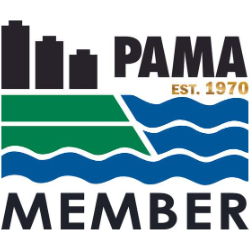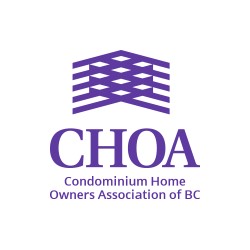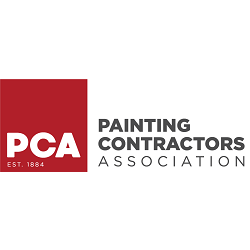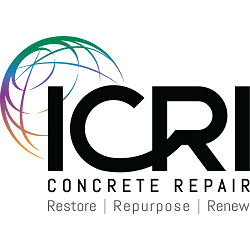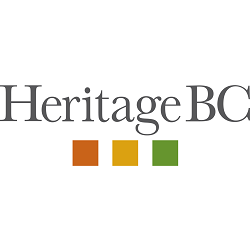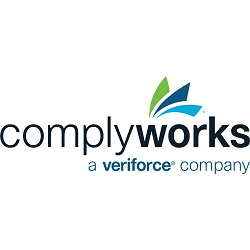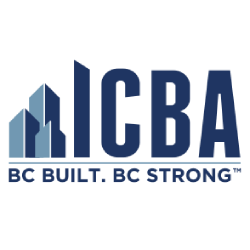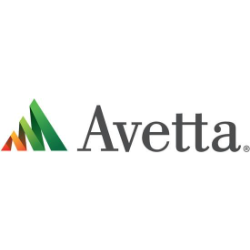Protecting Your Commercial Property
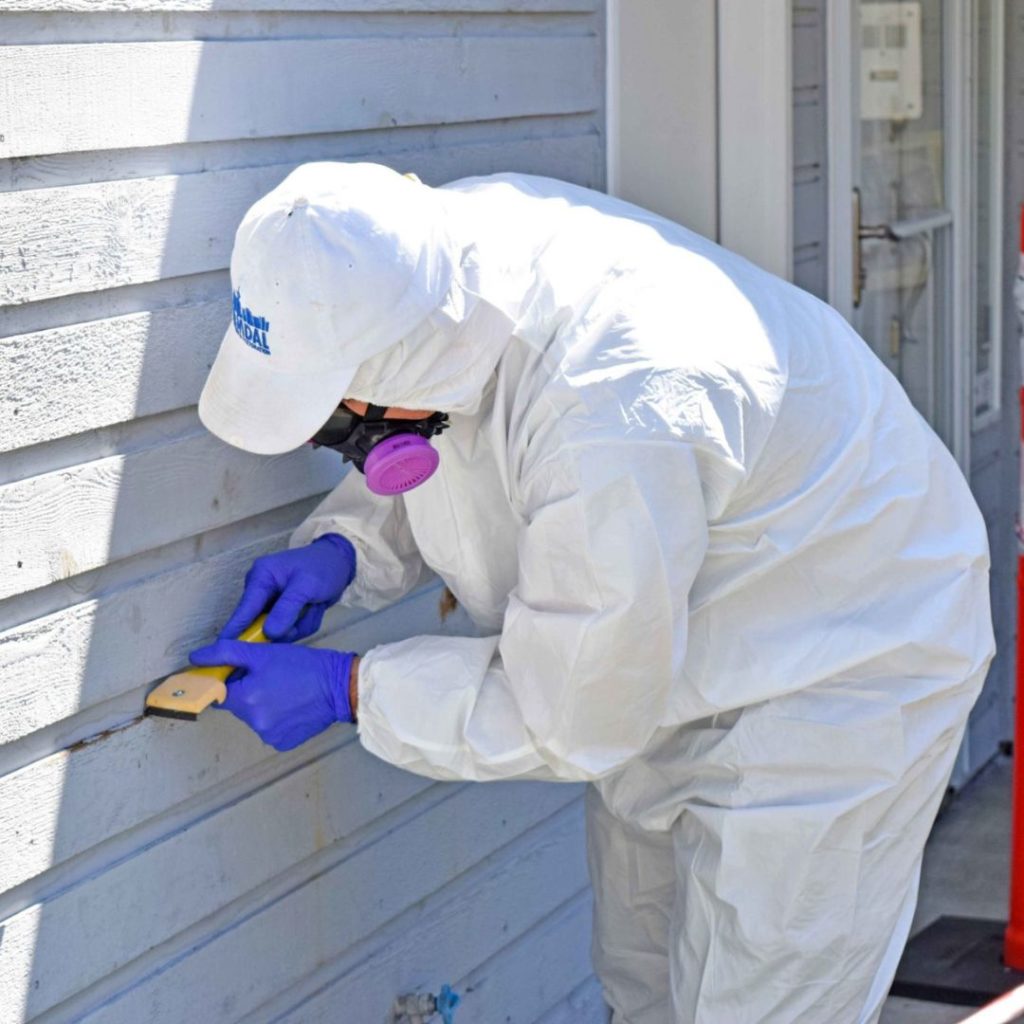
Throughout history, paint coatings have earned a reputation for silent toxicity.
Lead paint, for instance, was first developed by ancient civilizations. It has been made and used for over two millennia, despite the common knowledge of its risks, because of its practical benefits: lead speeds up the paint’s drying time and delivers a harder, more durable finish.
Sometimes, the danger lies not in the paint, but in the colour itself. Back in the late 1700’s, a Swedish chemist named Carl Wilhelm Scheele invented a wildly popular green pigment that was eventually named after him. The trouble was that the pigment was made from an arsenic compound.
So, if your managed property is planning a painting project, don’t be surprised when someone asks about product safety. But don’t be worried, either. There are plenty of quality, safe paint products specifically designed for commercial painting projects that will protect your property without harming the environment. With the right commercial painting contractor, you can rest assured that your property will be painted with the utmost care and attention to detail, using only safe and sustainable products.
Finding Safe Products for Your Commercial Interior Painting Project
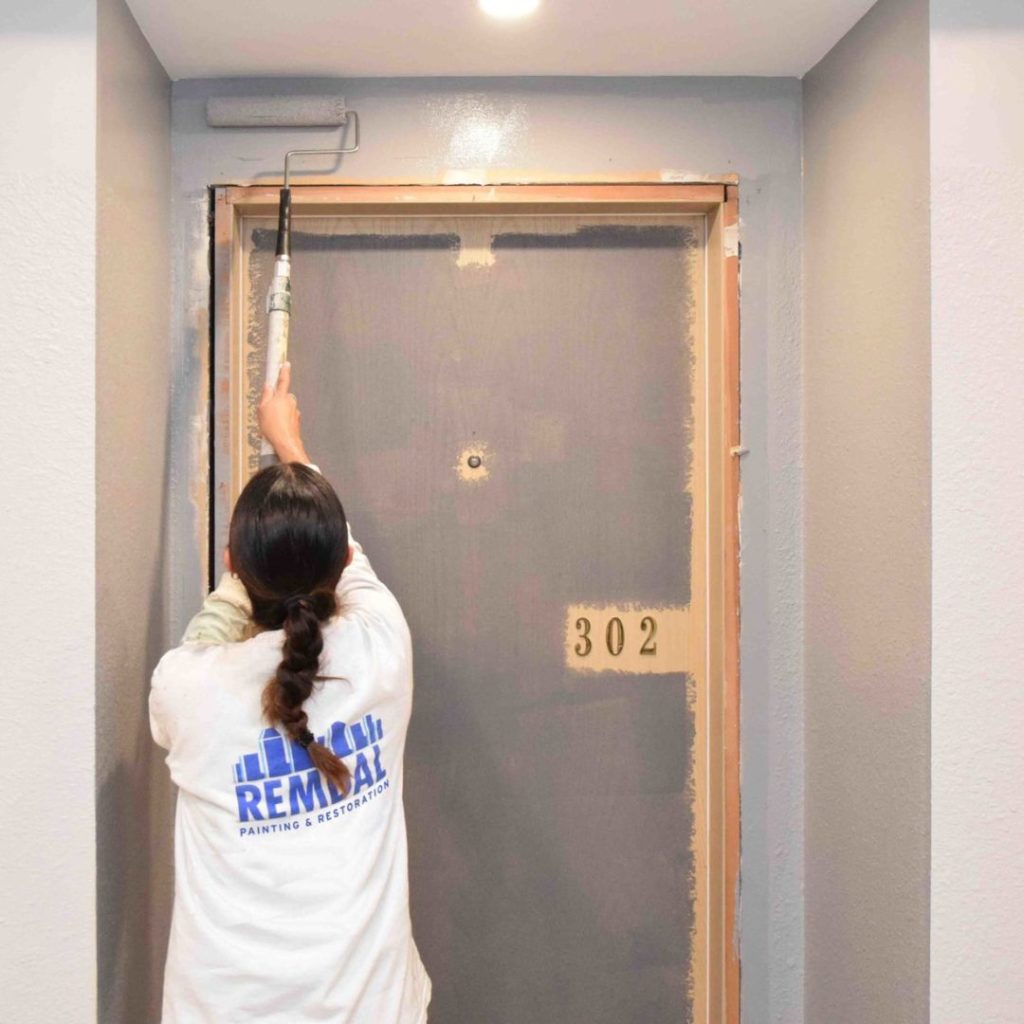
Product safety concerns often cast a dark shadow over interior painting projects. Whether your property is a commercial office space or a residential apartment building, there’s a strong chance that one (or more) of your occupants is highly sensitive to paint odours.
The good news is that most interior acrylic paints are either low- or zero-VOC products. In 2009, Canada passed regulations that limited the amount of Volatile Organic Compounds (VOCs) permitted in resale paint products. As a result paint manufacturers have invested in creating new interior products that meet or exceed these requirements without sacrificing quality.
These regulations give building occupants peace of mind about the safety of the air they’re breathing. That said, don’t assume that “zero VOC” means “odourfree.” Acrylic paints can still be smelled as they are applied and curing, often producing an ammonia-like odour. While this smell is nothing compared to the fumes created by oil-based alkyds, it can still affect people with high paint sensitivities.
Be mindful that some issues can only be solved by oil-based products. For example, drywall that has been damaged by smoke or water drywall typically requires an oil-based primer to prevent odours or stains from recurring. Most paint suppliers offer “odourless” alkyd primers that can safely get the job done. However, you should still expect to encounter a nuisance odour with these products.
Finding Safe Products for Your Exterior Commercial Painting Project
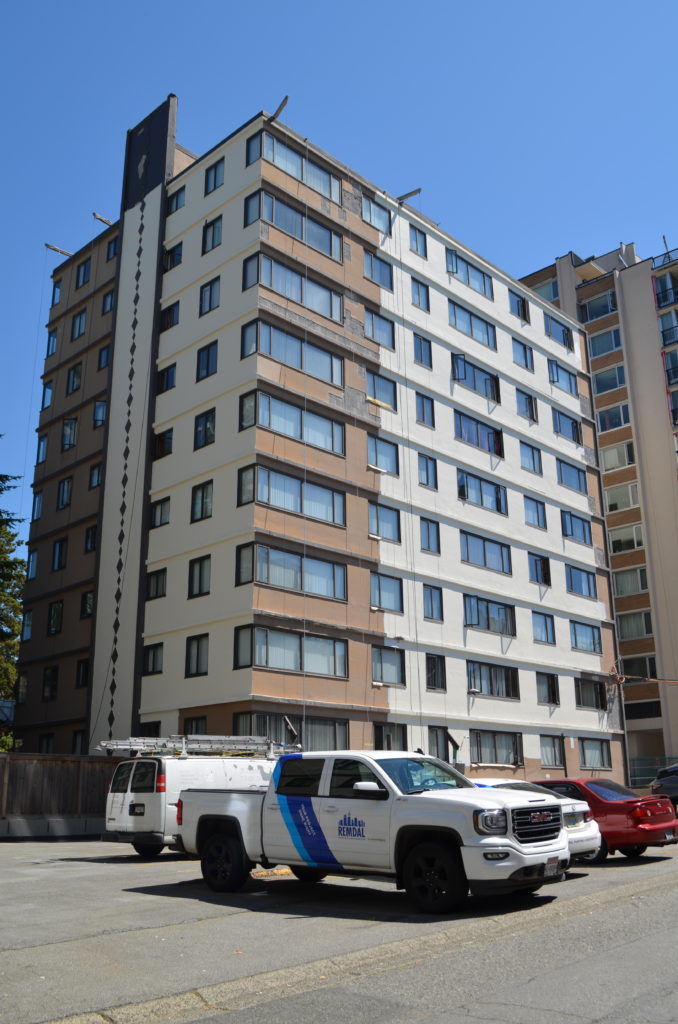
Commercial exterior painting projects present different challenges when it comes to protecting the environment. After all, the biggest reason you need to repaint your building regularly is simply to protect it. UV rays and moisture take a heavy toll on all your building’s surfaces, fading colours and eventually degrading the underlying surface.
Most substrates are best protected when you use acrylic paints. Paint manufacturers have innovated their water-based coatings so that they outperform the oil-based products that used to be standard for exterior wood and concrete. The premium acrylic products that professional painters use will deliver a durable coating with greater colour retention. That is sure to please your building occupants and owners!
But these products don’t just perform better: they also have a far lesser impact on the environment. The emissions from higher VOC products are more than mere nuisance odours. They impact outdoor air quality in hidden ways, worsening the effects of other air pollutions, like smog, dust, and smoke.
In some cases, acrylic products won’t hold up for any length of time. Steel, for example, will quickly rust if it is painted with a water-based product. Not only is that unsightly: it could also be a safety concern, since steel is often used as a structural element. Such items should be repainted by professional painters who have the experience to choose the most durable products and the knowledge to apply them with care for their surrounding environment.
What to do with your leftover paint
Paint hazards don’t simply disappear when your painting project is complete. You will likely have leftover paint to deal with. You may even have old cans collecting dust in a storage closet from a previous painting project.
Some leftovers should be kept on your property for future touch-ups. These cans should be carefully labeled (so you know what goes where) and stored in a dry, cool area (so they don’t harden prematurely in the can). You’ll need to thoroughly stir them next you open the cans, but they should work as touch-up paint for a few years.
If they do happen to go bad in the can, they’re still useful. Your paint store will use what’s left in the can to get you the most accurate colour match. Since the paint remnants haven’t been affected by UV rays or weather, they’re a better source than taking a sample from your building.
Extra leftovers – or those ancient cans we mentioned above – should never be thrown in the garbage. Instead, it can be safely dropped off at a local recycling facility. There are over two hundred such facilities in British Columbia. They even take empty paint cans, lessening the amount of landfill waste created by painting projects.
Through this program, unwanted paint is recycled in a number of ways. Better quality product is given away in the PaintReuse program, allowing for it to be used by someone else. Latex paints are recycled into other products, including paint coatings and recycled concrete. Alkyd paints are also reprocessed into other coatings and, in some cases, used to fuel licensed facilities with environmental controls.
Almost all household paint products are accepted as these locations, providing you’re dropping off a labeled can in sound condition. What’s more, there’s no additional cost to you for this recycling. When your contractor purchased the paint, they paid an environmental handling fee, much like you do for appliance purchases. These collected fees fund the recycling program throughout B.C.
The Future of Paint Coatings
While today’s paint coatings are safe and more environmentally conscious than those of the past, innovation is far from over.
Some environmental enhancements have nothing to do with the paint itself. In an effort to be more environmentally conscious, manufacturers have begun modifying their product containers. Sherwin Williams, for instance, package their new zero VOC colorant in bottles made entirely of recycled plastic. Similarly, Dulux Paints (owned by PPG) now make their gallon cans and lids out of recycled rubber.
In recent years paint research and design has explored ways in which paint coatings can proactively improve the quality of our environments. Some specialty coatings are available that kill bacteria which land on them, designed with hospitals and other such sensitive settings in mind. Other products have been created that actually remove VOCs and pollutants from the air, actively purifying the air circulation in rooms where the paint is applied.
These pioneering products are still in development and not always within a managed property’s price point. However, these trends are telling about the future of paint coatings. Gone are the days when paint suppliers and professional painters knowingly settled for toxic products that created hazardous conditions. Now your painting contractors have ready access to an abundance of safe paint options.
Next time you start to plan a painting project, you don’t have to worry when someone raises their hand to inquire about product safety. Today’s paint coatings are more than capable of protecting your property without threatening occupants or the surrounding environment. That reputation of “silent toxicity” is truly a thing of the past.






